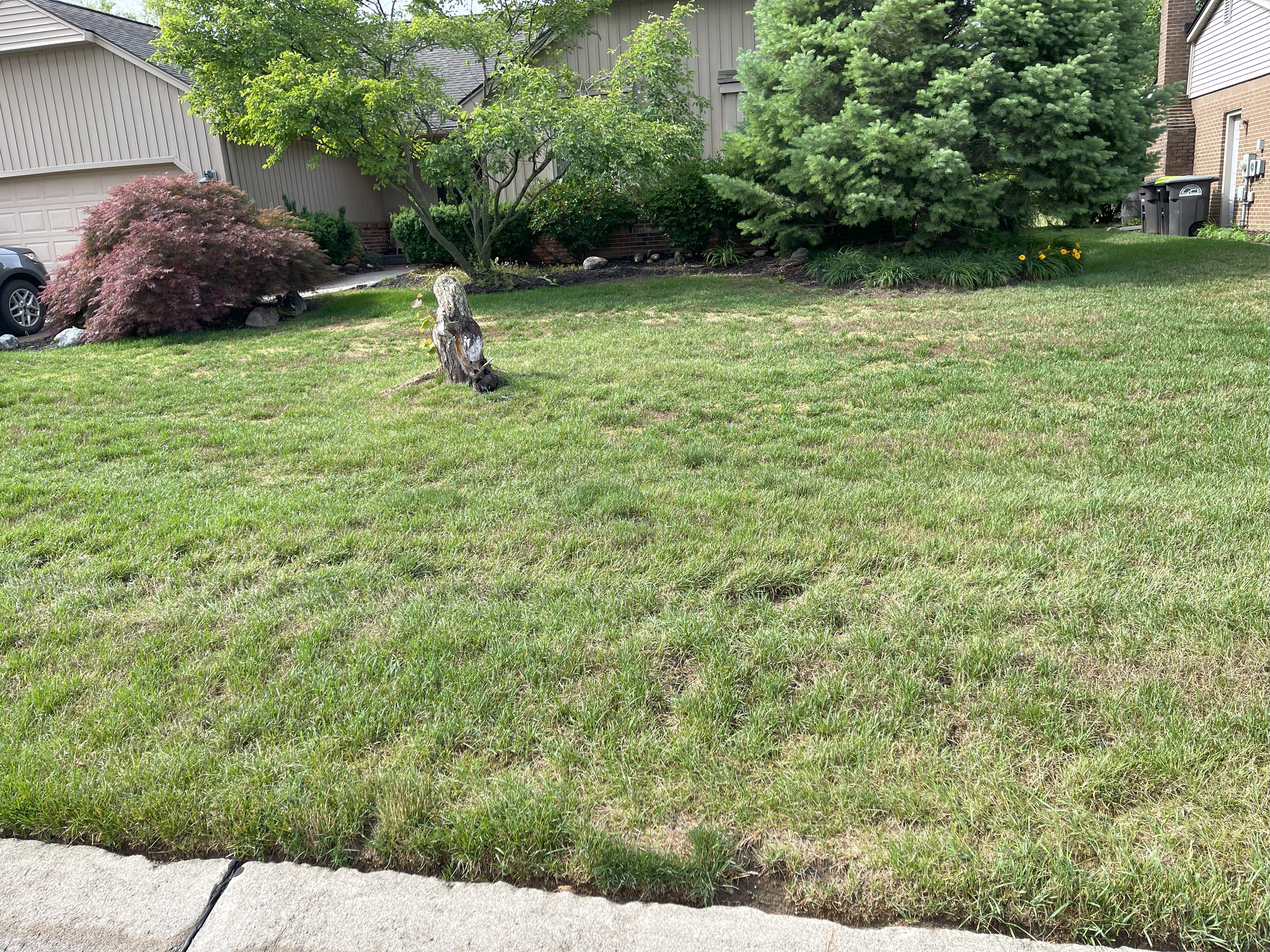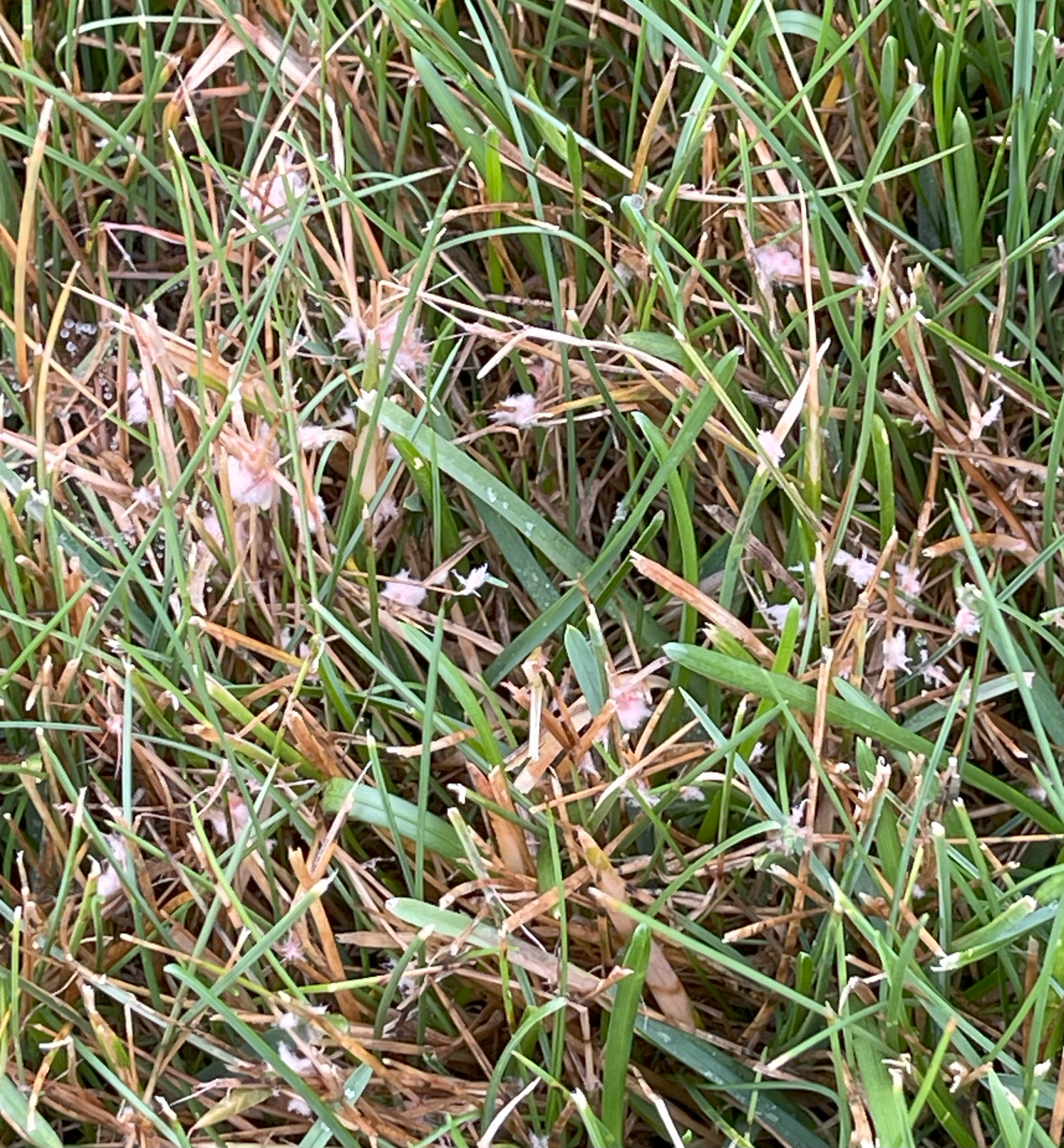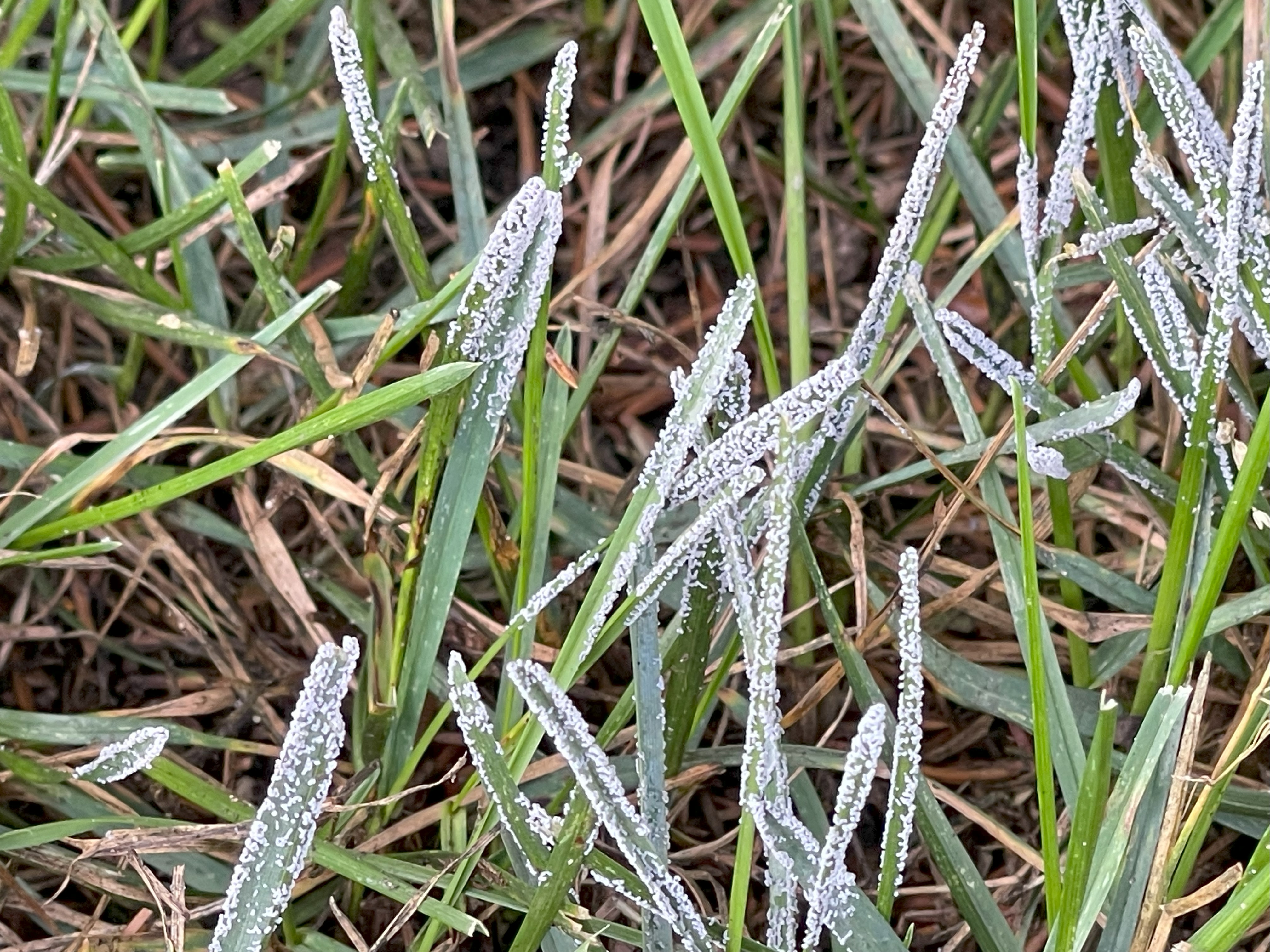Lawn turf update - July 6, 2023
Lawns have recovered following the dry conditions the last couple months but now many diseases are appearing.

The dry conditions in May and June took a toll on unirrigated home lawns throughout Michigan. I received many photos from concerned homeowners that a disease or herbicide had damaged their lawn, but in almost all cases this was simply the turf’s response to drought. After timely rains, these lawns have almost entirely recovered.

Most lawns are a mix of many different grasses, some desirable and some we consider grassy weeds. The desirable are Kentucky bluegrass, perennial ryegrass, the fine leaf fescues and tall fescue. Of course, tall fescue clumps in a Kentucky bluegrass lawn are not desirable, but as a mixture or single species it can be a high-quality turf.
Although Kentucky bluegrass is still king when it comes to home lawns and athletic fields in Michigan, tall fescue is making some inroads. During the drought of May and June, tall fescue often stood out in unirrigated turf as it would maintain its green color and keep growing while the Kentucky bluegrass avoided the drought by going dormant.
Over the last several years, tall fescue has become more widely used as a rough on golf courses, especially around bunkers, mostly due to its ability to withstand heat and dry conditions better than Kentucky bluegrass. I think the biggest weakness tall fescue has in Michigan is it’s rather slow green-up in the spring that is often associated with more snow mold injury than Kentucky bluegrass. Besides that, tall fescue performs very well in Michigan and deserves more consideration for use in home lawns.

Dollar spot, red thread and slime mold
Dollar spot (Clarireedia jacksonii) is the most prevalent disease on turfgrass in Michigan. The symptoms of dollar spot are straw-colored spots on leaf blades that form patches in turf about the size of a silver dollar or larger when they start to coalesce. Dollar spot occurs when temperatures are between 60 and 90 degrees Fahrenheit, with high humidity levels. In Joe Vargas’ book, “Management of Turfgrass Diseases,” the cultural management practices he recommends for dollar spot infestations include keeping nitrogen fertilization levels and soil moisture adequate to facilitate turfgrass growth. However, in some cases the cultural management practices will not be enough to suppress or mask the symptoms of dollar spot, and a fungicide program may be necessary.

Red thread (Laetisaria fuciformison) has also come on strong in the last couple weeks when rainfall returned. The common lawn mix turfgrasses Kentucky bluegrass, perennial ryegrass and fine fescue are all susceptible, with perennial ryegrass being particularly susceptible. Red thread is typically active during wet, moist periods when temperatures range from 55 to about 80 F. Red thread can be identified by the pinkish-red strands (stroma) that extend from the leaf blade tip. The pinkish-red strands are easily observed in the morning when the turf is still moist from dew. The areas infected by red thread will die and the turf may appear wilted. Red thread can be mistaken for dollar spot in turf as the patchy type of kill is very similar. Fungicide applications are usually not necessary in dealing with red thread; a fertilizer application will often help the turf outgrow the damage.

Following the rains last weekend, I’ve observed small patches of gray slime mold in several lawns. Slime mold has colors varying from bright yellow, orange, purple or gray. Generally, slime mold will only persist for a couple weeks. As conditions dry out, the slime mold changes and produces fruiting bodies full of spores that cover turfgrass leaves. Turf leaves may turn yellow during this period if they are completely covered by spores. Slime molds are not infectious and are considered one of those turf diseases that is more cosmetic than damaging. Fungicides are not necessary. If the appearance bothers you, washing the mold from the leaves or light hand raking will help get rid of it faster.




 Print
Print Email
Email




